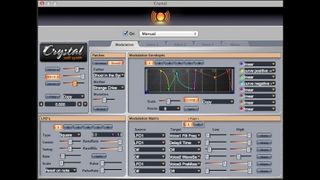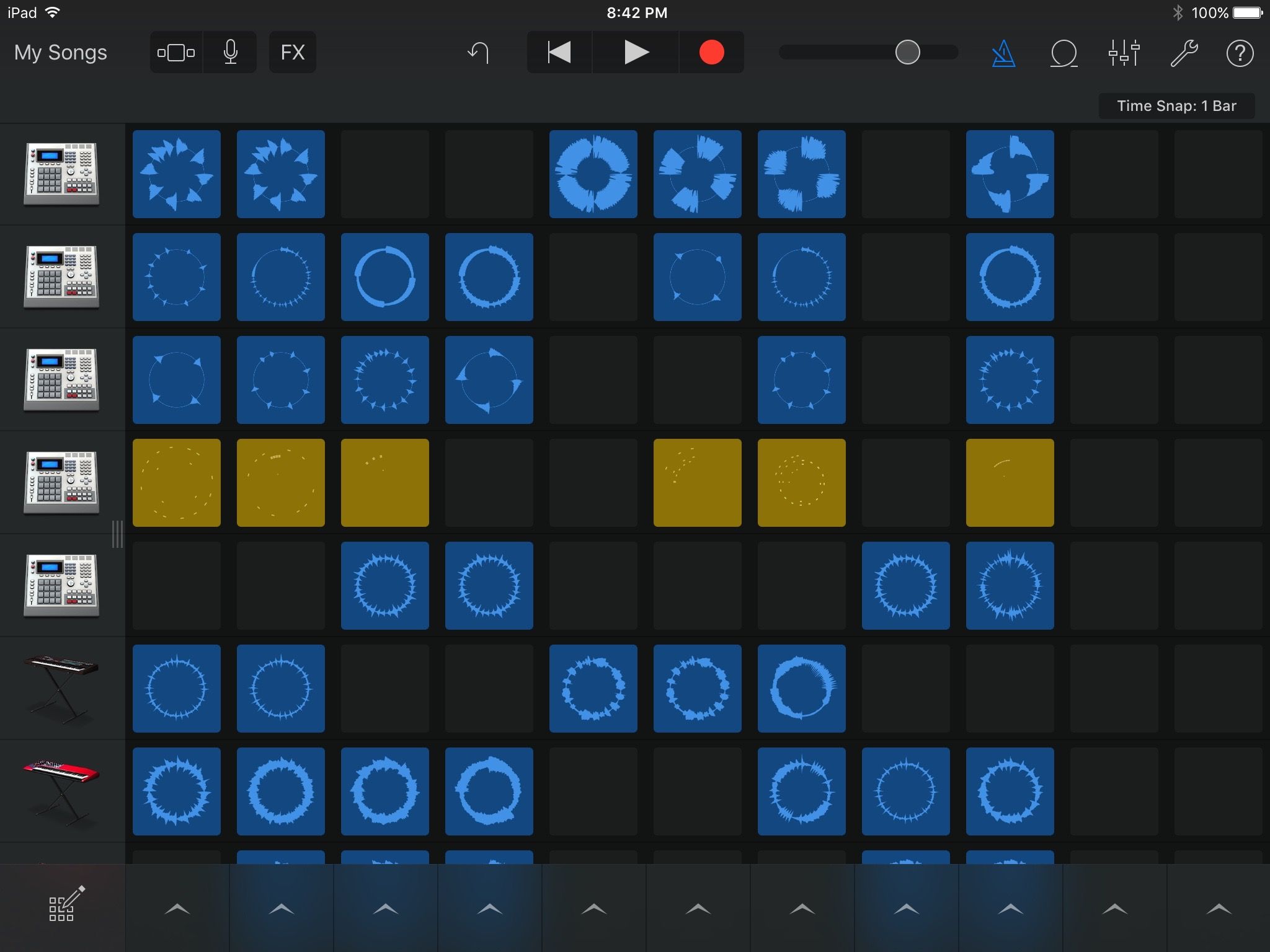

You can reorder them by clicking-dragging them up and down the stack, and the position will have a direct impact on your sound sounds start at the top and work their way down. You can choose a custom AU synthesizer at the top of the stack, and there are hardwired slots for the Compressor and Visual EQ effects, plus four remaining slots for your installed Audio Units plugins. Once in GarageBand, you can access your AU plugins by creating a software instrument track, then clicking on the "Edit" tab in the right-hand Track Info column (see left image). Black Friday deals: see all the best offers right now!.Power User note: The latest versions of OS X might try to stop you from installing these plugins (it's a long story), but you'll have success if you use this trick: hold down the Control key while clicking on the installer, and select the "Open" command from the pop-up menu.

component suffix) into the support folder Macintosh HD\Library\Audio\Plug-Ins\Components before starting up GarageBand.
GARAGEBAND PLUGINS HOW TO
In this tutorial, I’m going to lay out a step-by-step process for installing plug-ins into GarageBand as well as a brief summary on how to do it. Some of the plugins include an installer, but for those that don't, you'll need to place the plugin (identified by the. GarageBand, like many other DAWS, comes with the ability to install plug-ins and they’re fun to use. We've taken the time to sift through the mountains of offerings to locate the gems in the pile. Besides the vast assortment of commercial plugins, there is also a treasure trove of free synthesizers and effects that will really inspire your creative juices. Even though Apple's GarageBand for Mac has all sorts of built-in instruments (and a smaller complement of audio effects), it has always been expandable by adding Audio Unit (AU) plugins.


 0 kommentar(er)
0 kommentar(er)
